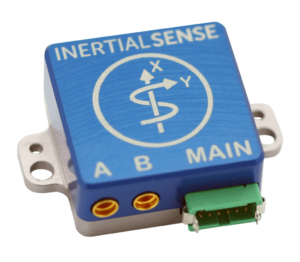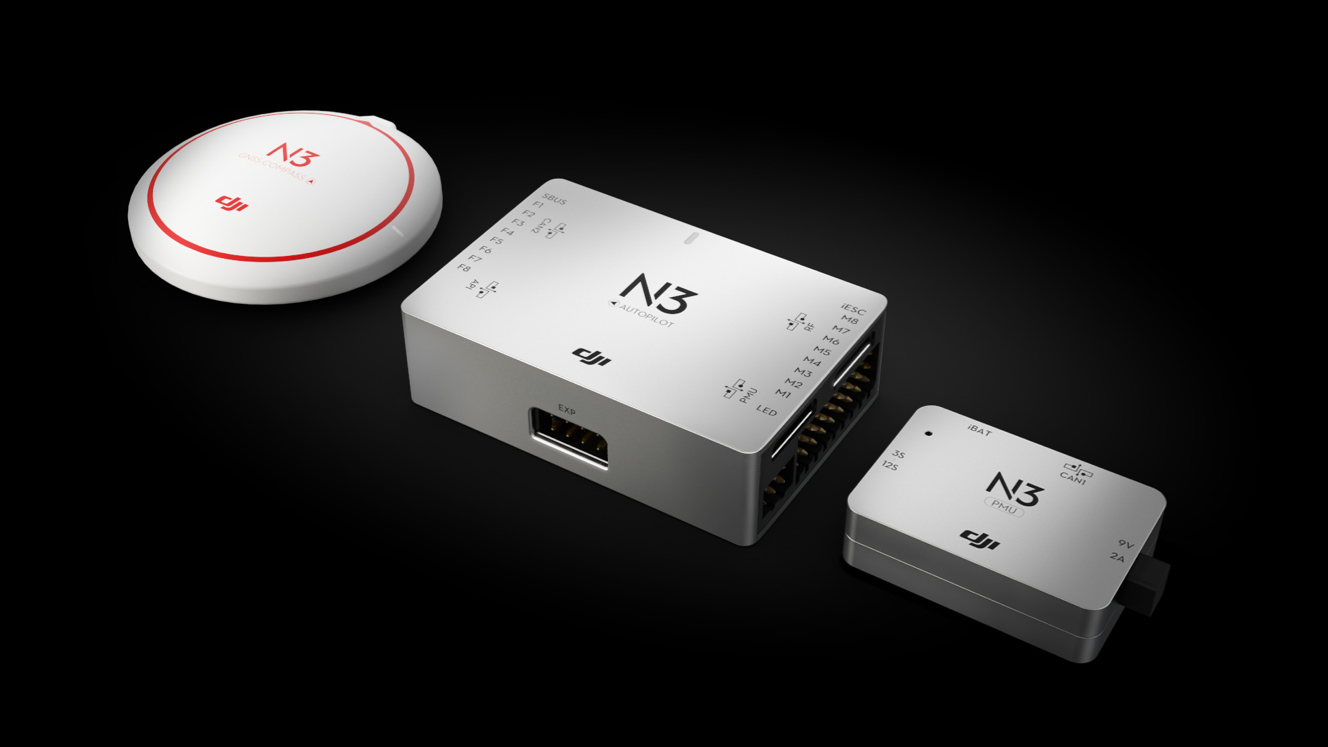Checking Out the Duty of Drone Flight Controllers in Enhancing Flight Stability and Navigation Performance
The advancement of drone modern technology has actually significantly enhanced the value of flight controllers, which offer as the mind of these airborne lorries. By incorporating real-time information from a selection of sensing units, trip controllers enhance flight security and navigating performance, ensuring that drones can run smoothly even in complex atmospheres.

Understanding Flight Controllers
Flight controllers are indispensable elements in the functioning of drones, offering as the brains that support and manage flight procedures. These advanced tools process information from numerous sensing units, including accelerometers, gyroscopes, and GPS, to ensure that the drone keeps its designated trip course. The trip controller translates this data and executes commands based upon pre-defined formulas, making it possible for the drone to react to environmental adjustments, such as wind or obstacles.
The primary function of a flight controller is to maintain stability throughout trip. It accomplishes this by making real-time changes to the drone's electric motors and control surfaces, making certain equilibrium and control. Additionally, contemporary trip controllers integrate advanced features such as waypoint navigation, enabling automated flight courses and improved functional performance.
Comprehending the design of flight controllers is vital for both enthusiasts and experts. As technology advances, trip controllers have come to be much more portable and capable, incorporating fabricated knowledge to adjust and boost decision-making procedures to complicated flight situations.
Key Elements of Trip Security
Accomplishing optimum flight security in drones depends on numerous vital components that operate in show to make sure smooth and controlled procedures. Central to this stability is the trip controller itself, which refines information from various sensors to preserve the wanted flight mindset. This consists of accelerometers and gyroscopes that determine activity and alignment, permitting real-time changes to the drone's position.
An additional essential element is the electronic rate controllers (ESCs), which control the power provided to the electric motors. By carefully tuning motor speeds in feedback to flight controller commands, ESCs assist maintain balance and counteract disturbances brought on by wind or unexpected movements.
In addition, the style of the drone's structure plays a crucial role in flight security. A well-structured frame lessens vibrations and boosts the overall wind resistant account, contributing to smoother flight characteristics. Ultimately, the integration of sophisticated formulas within the trip controller aids in anticipating modifications, making sure a responsive and adaptable trip experience.
Together, these elements create a cohesive system that boosts a drone's security, enabling specific handling and enhanced performance in numerous flight problems.
Navigation Performance Techniques
Efficiency in navigation is essential for maximizing drone procedures, specifically in intricate settings. Reliable navigation techniques boost the capacity of drones to pass through tough terrains and prevent barriers, thereby boosting operational efficiency and safety and security.
One noticeable method is the application of advanced general practitioners and inertial dimension units (IMUs) that offer accurate location monitoring and positioning information. These innovations permit drones to compute optimal trip courses in real-time, considering numerous elements such as wind conditions and prospective challenges.
An additional method involves making use of formulas for path planning and look at more info optimization. Algorithms such as A * and Dijkstra's formula can be released to establish the most reliable course while minimizing energy usage and flight time. In addition, incorporating artificial intelligence versions can make it possible for drones to adaptively pick up from their settings, improving navigating capacities with experience.

Effect on Autonomous Drones
The integration of advanced navigating techniques has profoundly transformed the capabilities of autonomous drones, allowing them to run with better freedom and precision. SparkNavi drone flight controller and GNSS/INS made in taiwan. These enhancements are mainly attributed to innovative flight controllers that use real-time data processing and sensor blend, permitting drones to browse intricate atmospheres effortlessly
The effect on independent drones expands past plain navigation; it encompasses enhanced obstacle avoidance, boosted stability throughout vibrant conditions, and boosted goal reliability. By leveraging algorithms that integrate maker understanding and fabricated knowledge, drones can adjust to changing scenarios, making notified decisions that enhance their flight paths while lessening risks.
In addition, the implementation of robust trip controllers has assisted in the execution of complex jobs, such as aerial assessments, shipment solutions, and farming tracking, with minimal human treatment. This capacity not only simplifies operations however also decreases human mistake, thus enhancing general safety and security.
Because of this, the functional scope of independent drones has you could look here broadened considerably, making them indispensable tools in numerous sectors. Their capacity to perform effectively in diverse circumstances underscores the vital function that progressed flight controllers play fit the future of unmanned aerial systems.
Future Patterns in Flight Control
Regularly, improvements in trip control innovation are poised to redefine the landscape of drone operations in the coming years. Emerging patterns suggest a considerable shift in the direction of enhanced fabricated knowledge (AI) integration, making it possible for flight controllers to process real-time data extra successfully. This advancement will help with enhanced decision-making capacities, allowing drones to adjust to vibrant environmental conditions autonomously.
Additionally, the application of equipment knowing algorithms is expected to improve anticipating upkeep, consequently minimizing downtime and expanding the lifecycle of drone parts. This positive approach to upkeep will be vital as drone applications expand across various sectors, from agriculture to logistics.

.jpg)
Finally, innovations in safe and secure communication methods will resolve safety and security and regulative worries, making sure that drones can operate perfectly in congested airspaces (SparkNavi drone flight controller and GNSS/INS made in taiwan). Collectively, these patterns aim towards a future where flight control systems are not just smarter and more likewise qualified however reliable of running securely in a progressively integrated airspace
Conclusion
To conclude, drone trip controllers are indispensable to enhancing flight security and navigation efficiency through the innovative processing of sensing unit information. By preserving optimum trip perspectives and employing advanced algorithms for course optimization and barrier evasion, these controllers considerably contribute to the freedom and functional safety of drones. As modern technology remains to progress, further improvements in flight control systems are expected, promising improved efficiency and increased capacities in the realm of unmanned airborne vehicles.
By integrating real-time information from a variety of sensing units, trip controllers boost flight stability and navigation performance, making sure that drones can operate smoothly even in intricate settings.Trip controllers click to investigate are indispensable elements in the functioning of drones, offering as the minds that stabilize and manage flight procedures. Additionally, modern-day flight controllers integrate sophisticated attributes such as waypoint navigation, allowing for automated flight paths and boosted functional effectiveness.
Central to this stability is the trip controller itself, which refines data from numerous sensing units to keep the desired flight mindset.In verdict, drone trip controllers are integral to enhancing trip security and navigating performance via the innovative handling of sensor data.